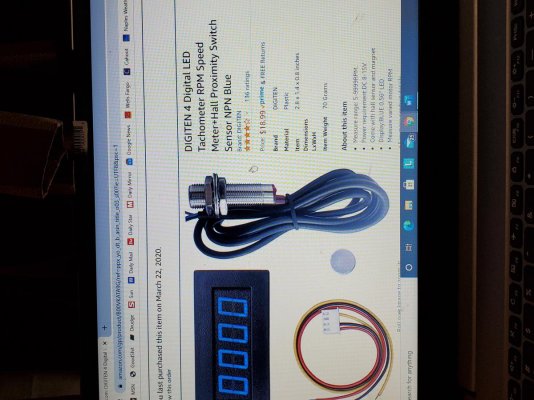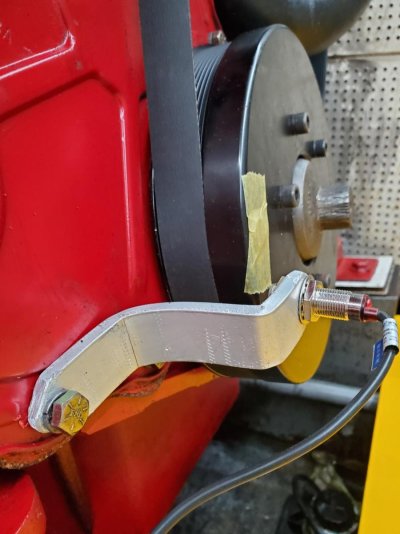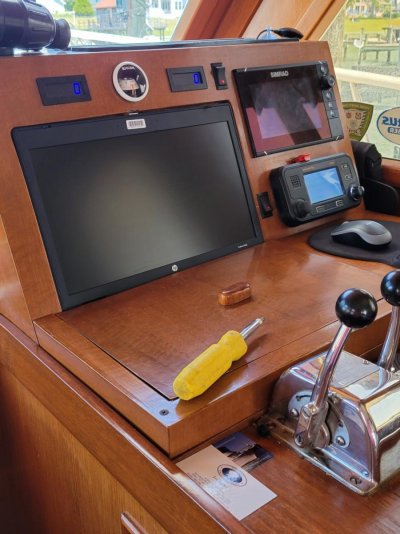I had dual station Stewart Warner tachs for my trawler's twins which could not be made to remain "calibrated" by which I mean to always show the same RPM as indicated at a specific RPM measured using my phototach. These analog beasts were fed not from alternators but rather from senders on the engine run off the cam. Move ahead a few years, and I trashed all four of the ancient, drifty things in favor of a whole new set of SW analog tachs along with two new senders - I know, slow learner. These remained semi-accurate with little drift as determined by the phototach. They never read the exact real RPM, and my solution was to get them close to my favored 1600 RPM cruising speed and attach a small label at each tach with the analog tach reading necessary to achieve some normal running RPMs. For instance, for phototach RPM readings of 1200, 1500, 1600, and 1750 in my port Lehman 120, the lower helm might have a label with 1250, 1525, 1575, 1610, and 1700 meaning that if I wanted 1500 RPM on the engine, I needed to run the analog tach up to 1575 on the dial. There were four different sets of labels, and the system worked well for me.
The really sorry Faria analog tach I inherited with my single engine Mainship was impossible from more than one perspective. I was never ok with being "close" on the trawler (not in my nature), and I darned sure was not going to be putting up with falling off plane in this boat because the tach was off a hundred or so RPM, and I did not want to over rev this high-RPM motor if I did want to run it a bit hard. The digitach, accurate to within ONE RPM is a joy to run this sort of boat with.



